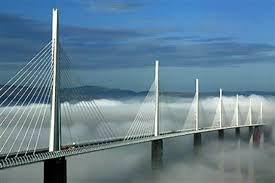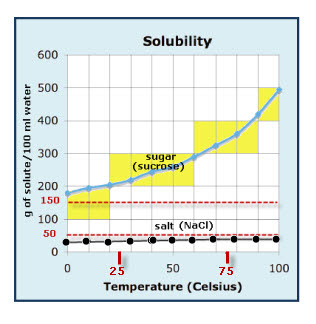Buildings and Bridges Project

Building 1. When it was built. 2. Who designed and built it. 3. Where in the world it is located, continent, country and city (with a map and arrow pointing to location). 4. Main construction materials used to build it. 5. What type/category of structure is it AND explain how you known. 6. Main internal forces. 7. Main external forces. 8. Explain whether it must support a static (dead load) and/or dynamic (live) load. 9. Describe at least one major design challenges that were faced when designing and creating this structure. Explain how they were overcome. 10. Five additional interesting facts. 11. Images of: the design plans for the structure (if you can find them), the construction process and the final structure (at least two views). Show the s...

